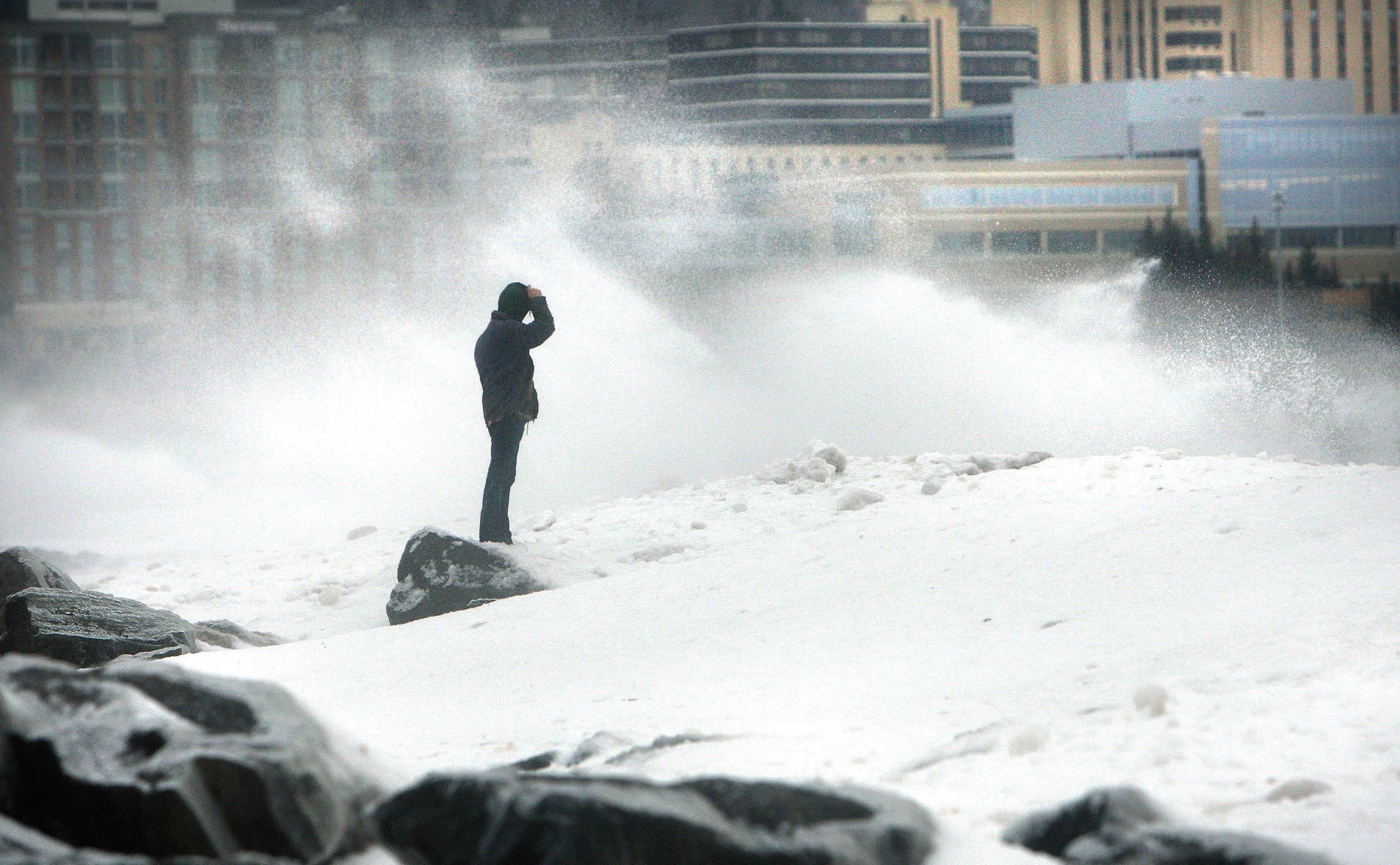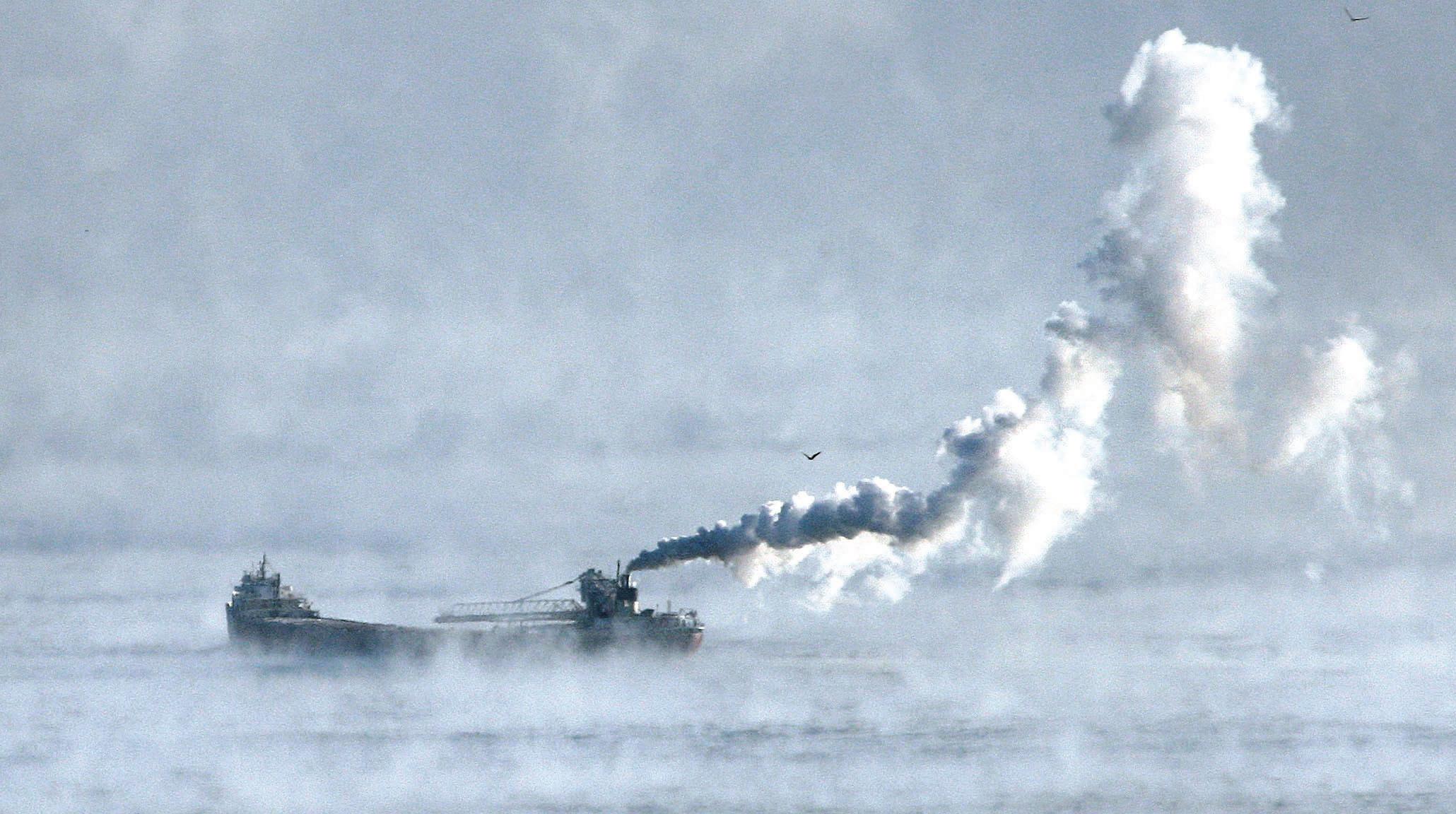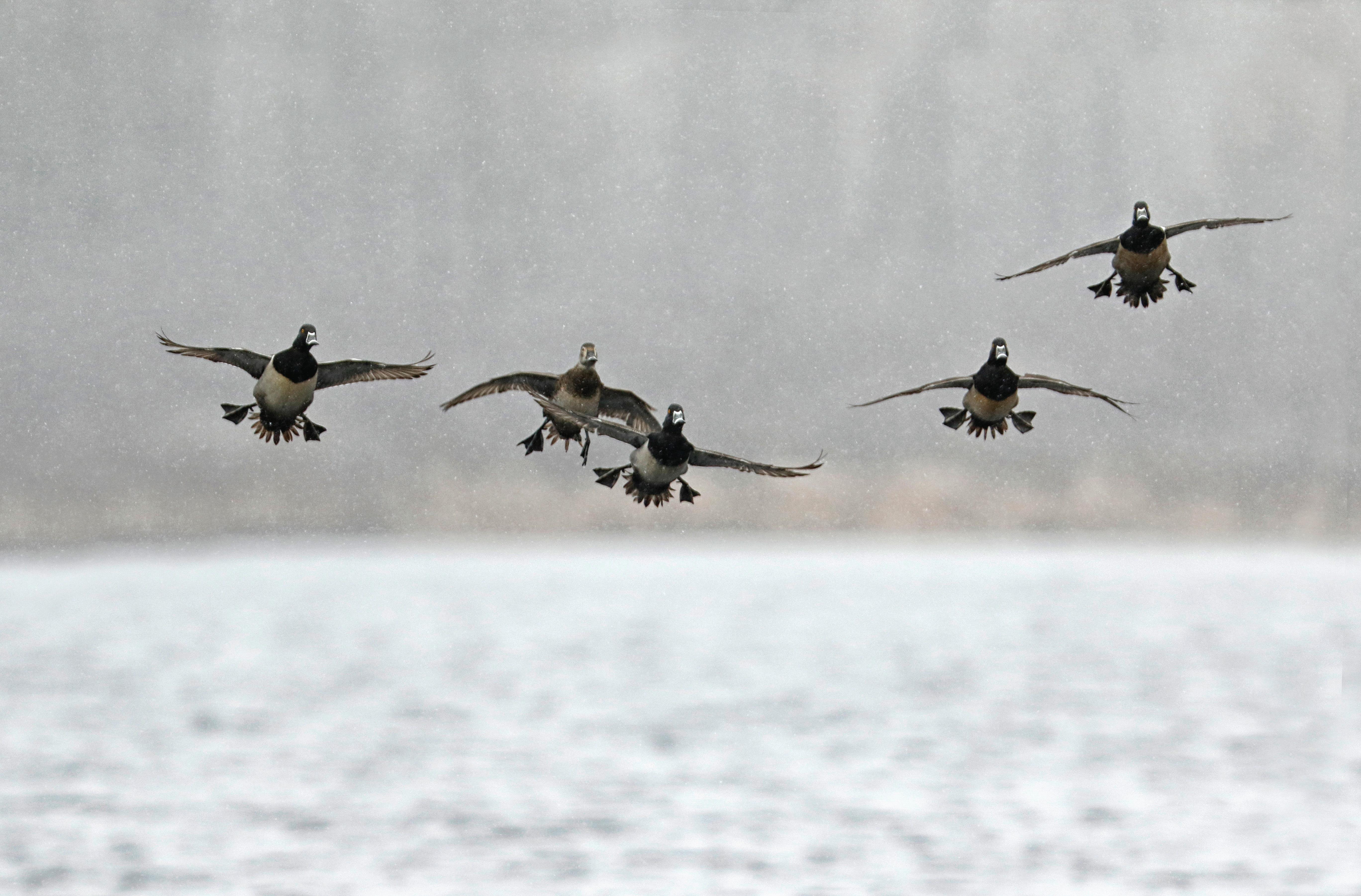
5 minute read
Hunters, anglers read the weather carefully and go out anyway
By Sam Cook scook@duluthnews.com
These truths we hold to be fairly reliable:
Deer don’t move on windy days. Fish bite the best when the wind’s from the west.
Pheasant hunting is always good in fresh snow.
Ducks move on a cold front.
Well, maybe. Or maybe not.
While certain weather proverbs may hold true much of the time, hunters and anglers will tell you they witness plenty of exceptions to the rule.
Take Greg Clusiau, 68, a serious angler from Keewatin. Clusiau, by his own admission, fishes about 250 days a year. That’s up from 200 a year when he was working fulltime. Clusiau knows all the weather adages as they apply to catching fish.
“I’ve tried to put all that together,” Clusiau said, “but when I think the fish should be snapping, often they aren’t. I used to keep a log of wind direction, barometric pressure, all that stuff. It was too much data. It never helped me.”
When in doubt, he goes fishing.
Duluth’s Michael Furtman tends to agree with what Clusiau is saying. Furtman is a longtime angler as well as a deer and waterfowl hunter. He makes much of his living photographing wildlife.
“I’m sure that weather patterns affect fishing, but I’ve also seen so many times the opposite happens,” Furtman said.
His advice: “The best thing is to go fishing when you have time,” he said. “There are always exceptions to the rule.”
He recalled a time, fishing in the canoe country with his wife, Mary Jo, that the wind had been blowing hard from one direction for a couple of days. They weren’t catching walleyes in 8 to 10 feet of water, where the fish “should have been” that time of the year. While Furtman was re-rigging his bait, the canoe drifted over 25 feet of water. Mary Jo dropped her line. Furtman told her there would be no walleyes down that deep. Then she caught one.
“We continued to fish at that depth, and that’s where they were,” he said.
The wind had blown warm surface water so hard that it had mixed with cooler water below, and the fish had moved down.
Feeding binges
Bill Berg of Knife River retired in 2001 from the
Minnesota Department of Natural Resources, where he had served as a wildlife research biologist for nearly 30 years. He spent much of his career studying the habits of the wild creatures that roam the north woods.
“When there’s a storm front moving in,” Berg said, “the bait dealers will sell more bait. Old-timers know when there’s a low moving in, there’s going to be a real feeding binge.”
Barometric pressure, he said, may be more important than simply weather — rain, snow, wind — but obviously they’re all related.
Berg recalled when the DNR had a captive deer herd near Grand Rapids for research purposes. The DNR kept track of weather and of how much food deer consumed, among other things.
In the mid-1970s, a front was moving in, and it set record or near-record low barometric pressure readings for the area.
“Before that front came in, each deer ate a threeday supply of food and then bedded down,” Berg said.
He saw a similar pattern with radio-collared moose in Agassiz National Wildlife Refuge in northwestern Minnesota.
“I remember several times, whether it was a winter storm or a summer storm, the moose would go on a feeding binge before the storm,” Berg said. “Even a summer storm would tell the moose they’d better eat a lot because they might not be able to eat for a day or two.”
When bad weather is good
Deer hunters always welcome snowy weather for practical reasons, Furtman said. For one, deer stand out better against a white background. Certainly, tracking is much easier.
Furtman also likes any day during deer season when some kind of moisture is present.
“On a day when there’s very light moisture or light snow coming down, or a misty, wet, rainy day, that is really a good day to be deer hunting,” Furtman said. “Deer like to move on those days. They’re absolutely silent in those conditions. They seem to know their scent is being washed away. I can’t count the number of deer I’ve taken over the years — by hunting or
Continued on page 32 photography — on those kinds of days.”
As a wildlife photographer, Furtman sometimes prefers unusual — and unseasonable — weather. He shoots most of his waterfowl photos in the spring, when many varieties of ducks are migrating north.
“I stumbled across a large concentration of ducks on a lake near Duluth,” he said. “The first day, it was sunny and beautiful.”
But he heard the forecast for snow and his anticipation grew. Sure enough, the snow materialized.
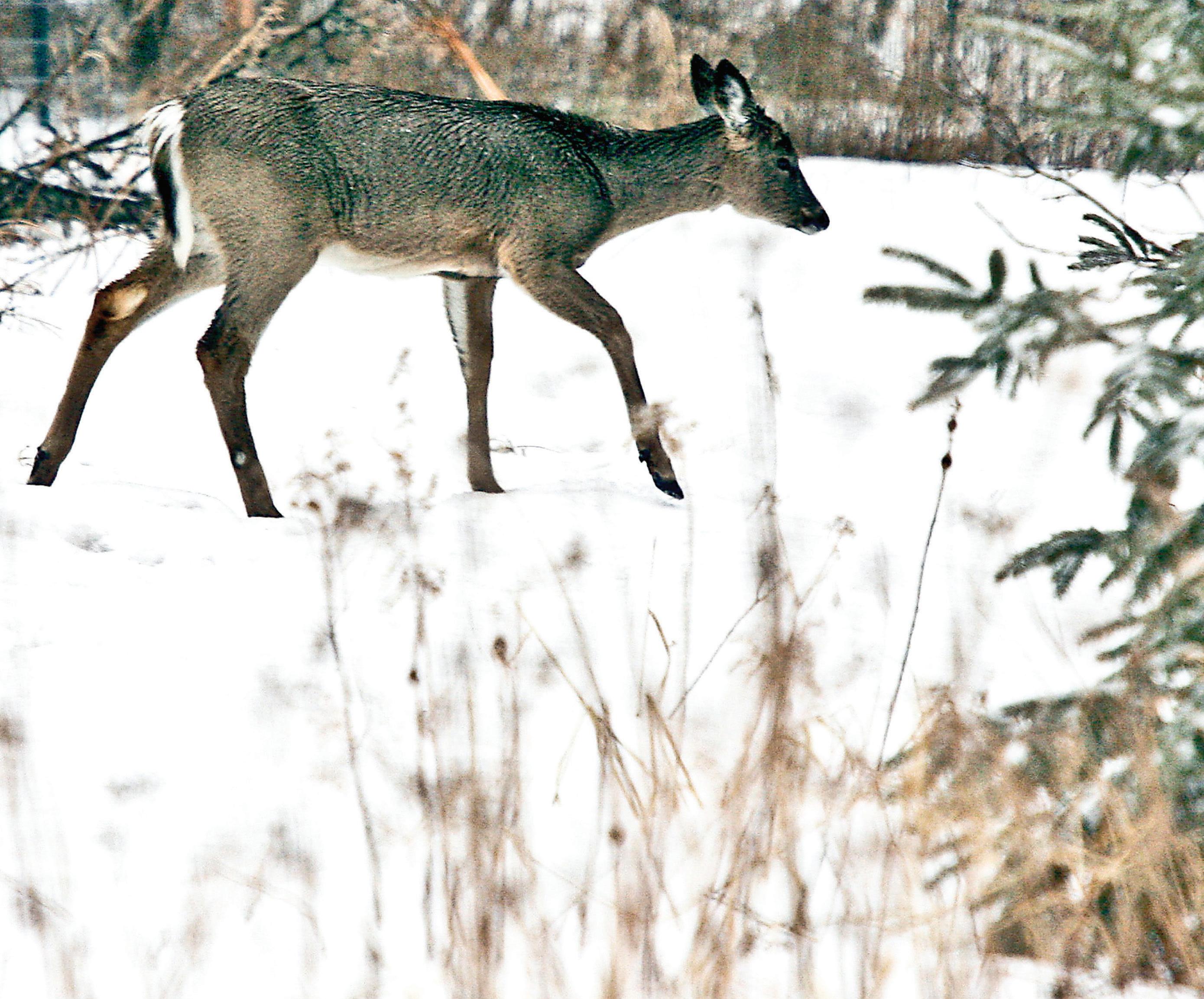
“Two or three times over the course of a week, I’d hustle up there,” Furtman said. “Some of the snow squalls were quite dense, but some were perfect. I’d sit in the wet and photograph these birds. … It was like your best duck hunting day, but there was no plucking to be done at the end of the day.”
Wind from the west?
Clusiau generally agrees with the angling adage that the fish bite best when the wind’s from the west.
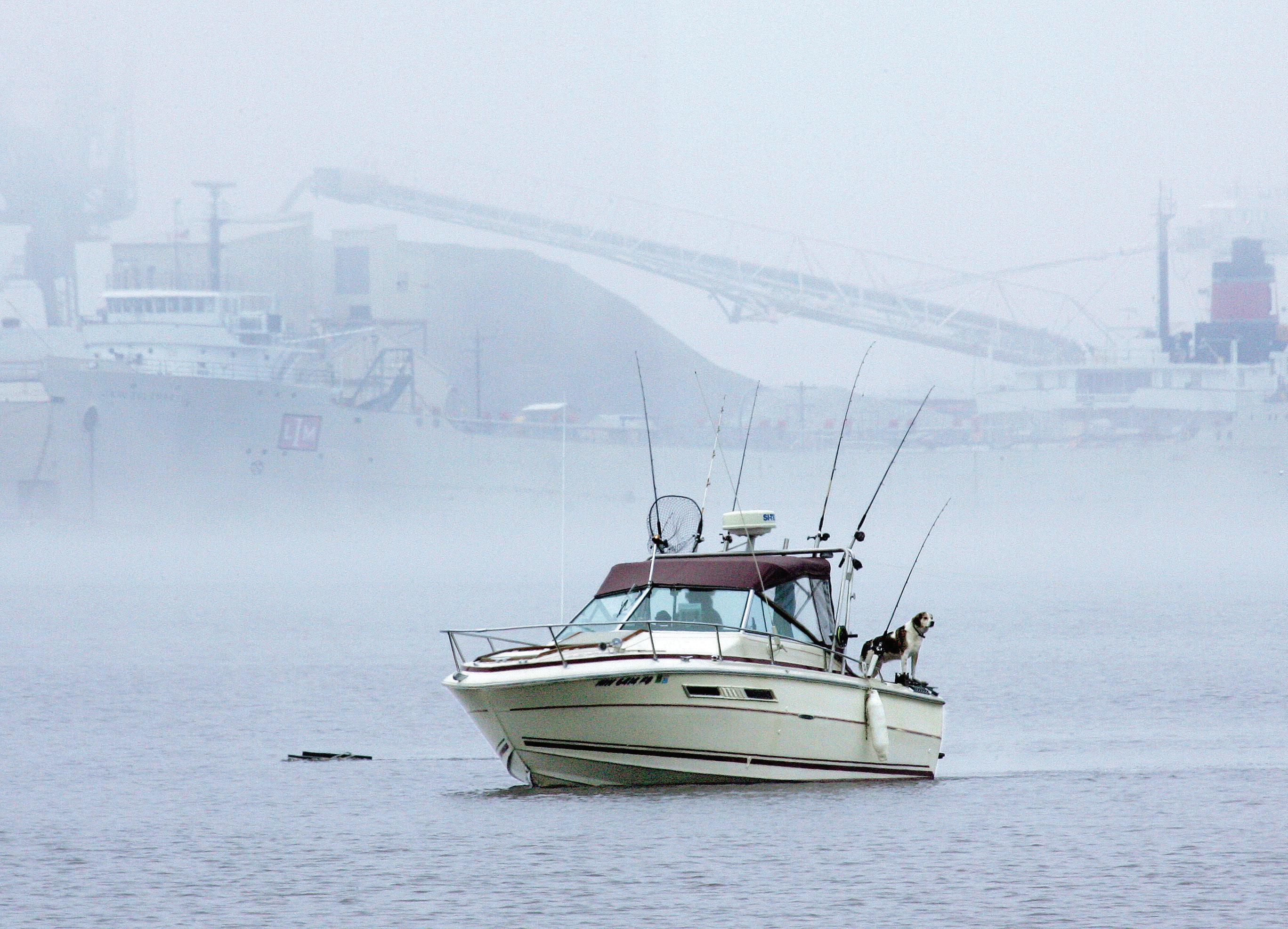
“Usually, it means there’s more constant, stable weather,” he said. “But I’ve had some of my best days when it’s been blowing from the east.”
People tell him, sometimes, that fishing isn’t going to be good and that he might as well stay home.
“But I don’t, and some days it’s real good,” he said.
There’s another fact that most hunters and anglers know well: You never know what the fishing or hunting will be like unless you go. u
Cirrocumulus
Altocumulus

Dressed as United States Lighthouse Service lighthouse keepers from the 1920s, Winston Norby (left) of Two Harbors and Ed Maki of Silver Bay toll a bell and read the roll of the mariners lost on the Edmund Fitzgerald in November 1975 during an anniversary observance at Split Rock Lighthouse northeast of Two Harbors on Nov. 10, 2015. (Clint Austin / caustin@duluthnews.com)
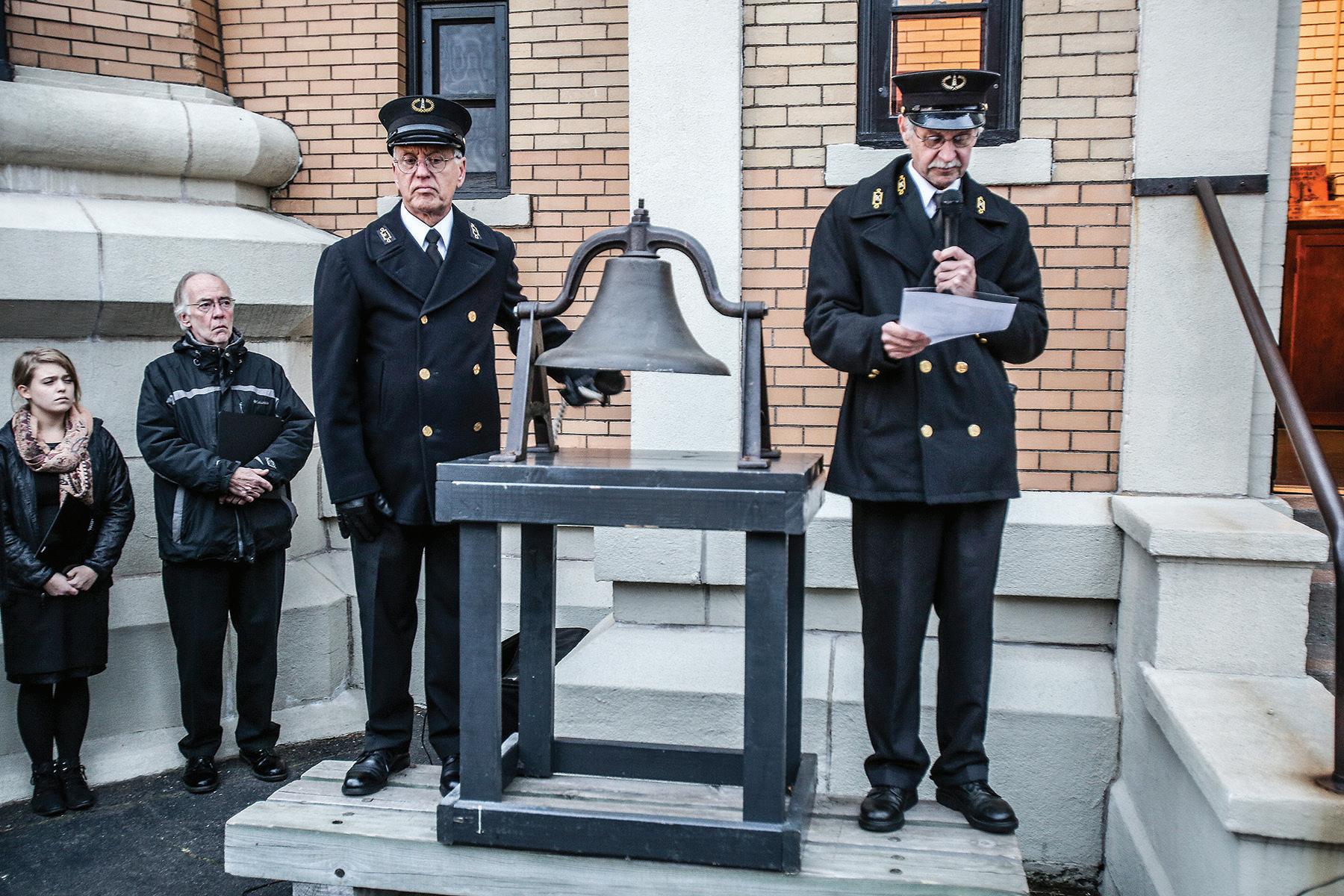
Subzero temperatures in December 2010 created a blanket of fog that spread from Lake Superior to Duluth’s Park Point, the harbor and nearly swallowed the Aerial Lift Bridge. In the background, water vapor emitted by smoke stacks condenses into clouds.
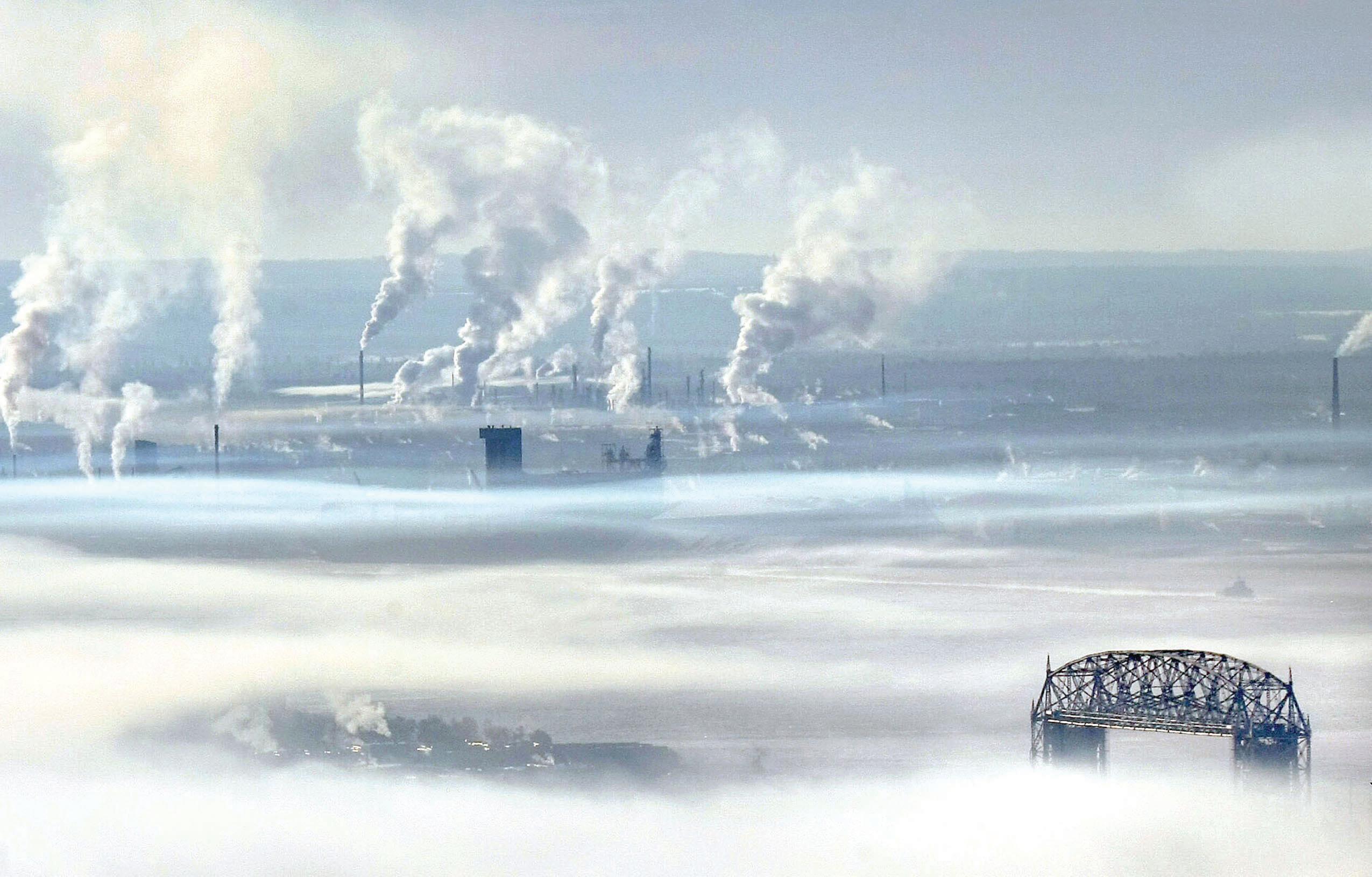
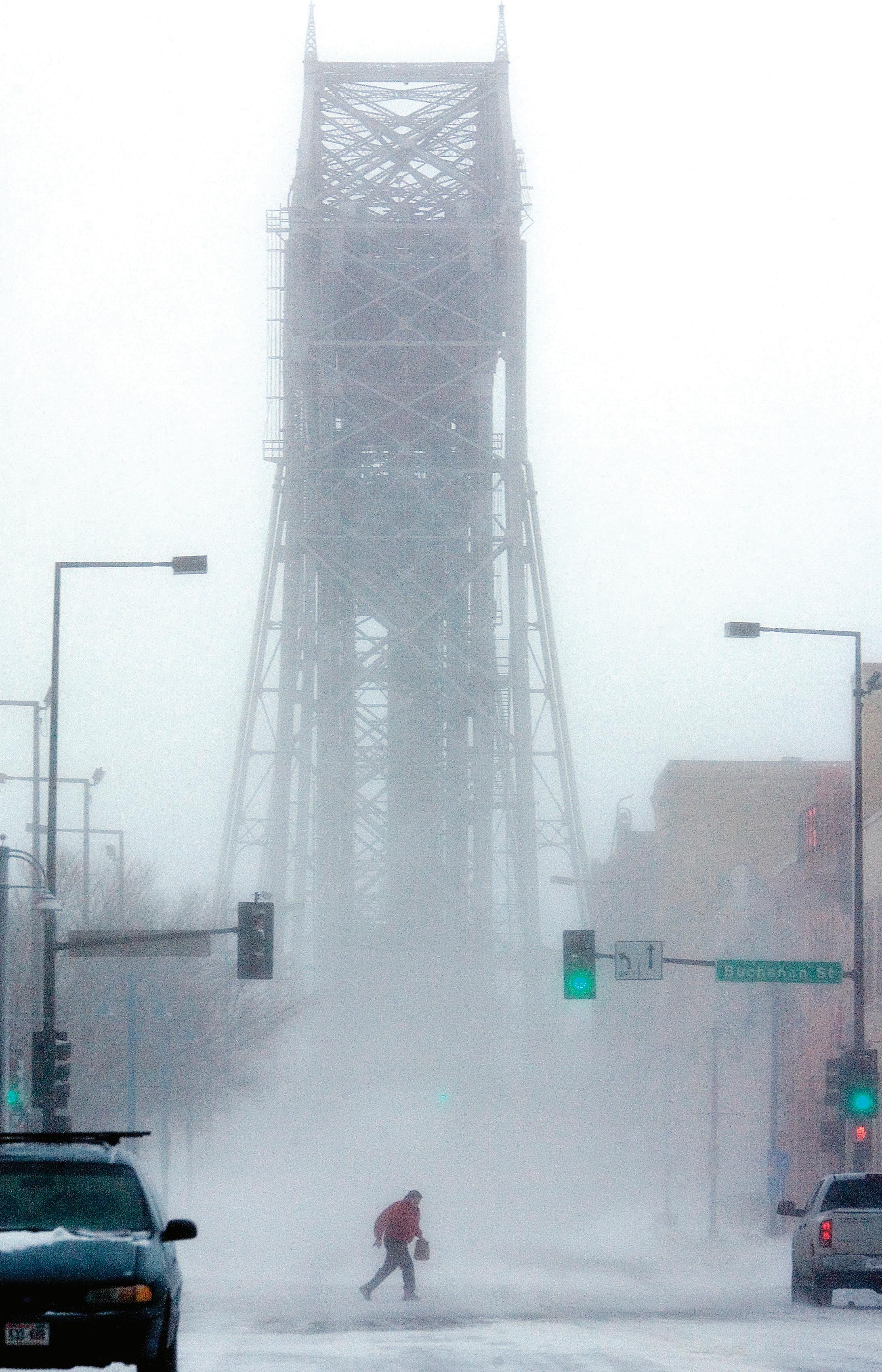
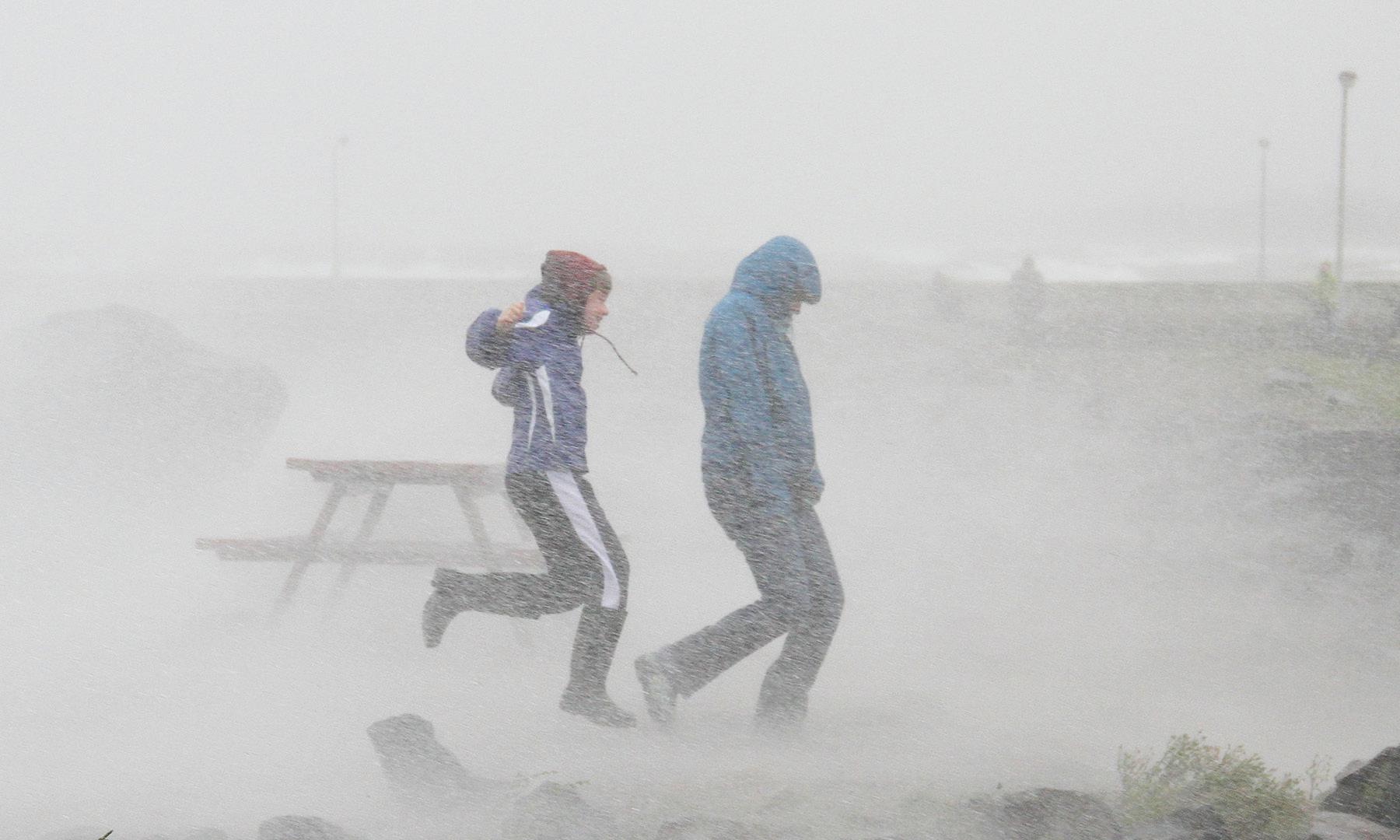
(Bob King / rking@ duluthnews.com)


Brad Nelson of Duluth cross country skis down South Lake Avenue on Park Point on March 2, 2007. Nelson remarked, “We’ve skied all the drifts down by the hotels and now we are checking out Park Point, this is (Clint Austin / caustin@duluthnews.com)
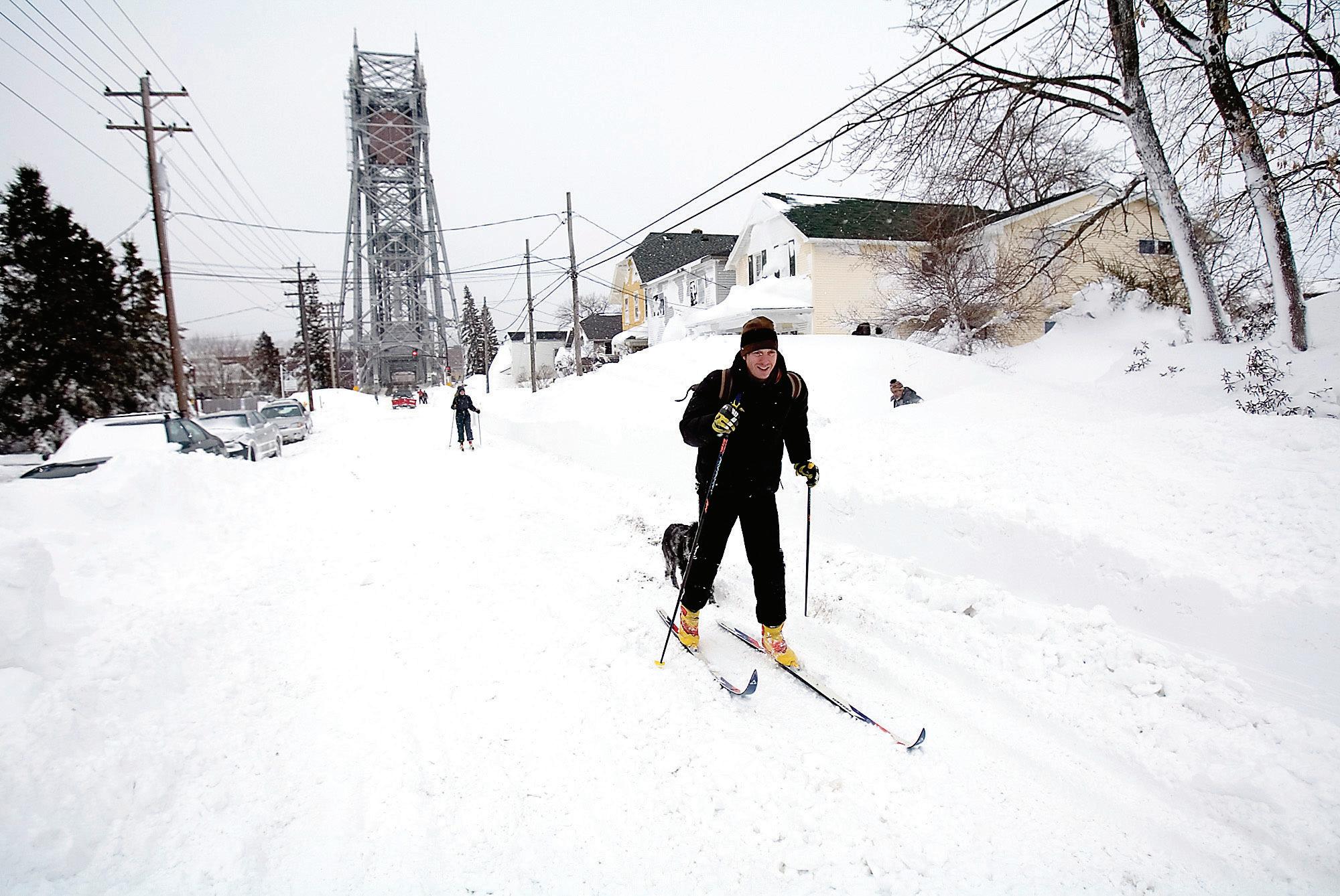
Clouds of fog billow upwards over Lake Superior as cold air meets the warmer, more humid air at the lake shortly after sunrise on a morning in December 2016. (Bob King / rking@duluthnews.com)
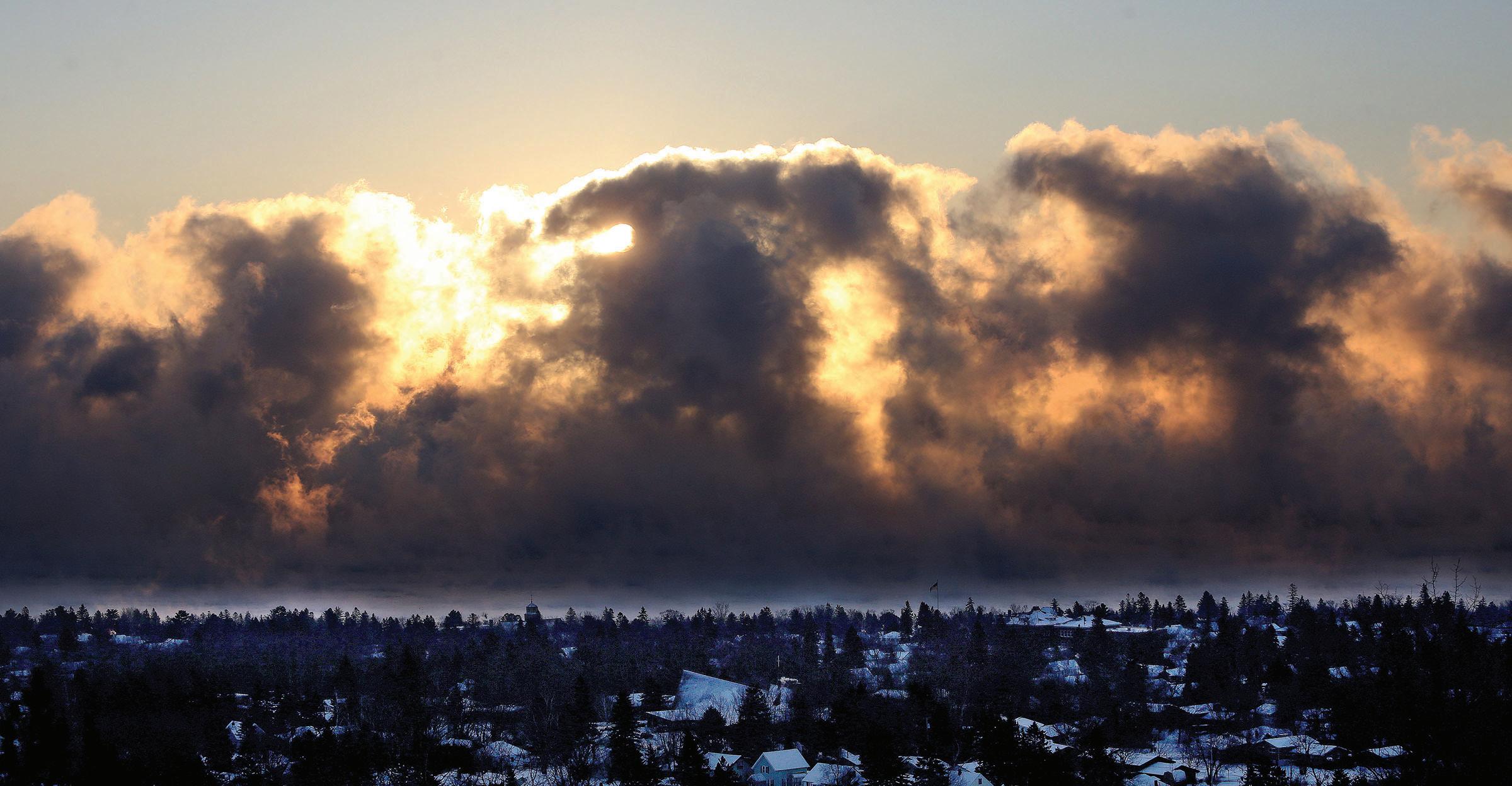
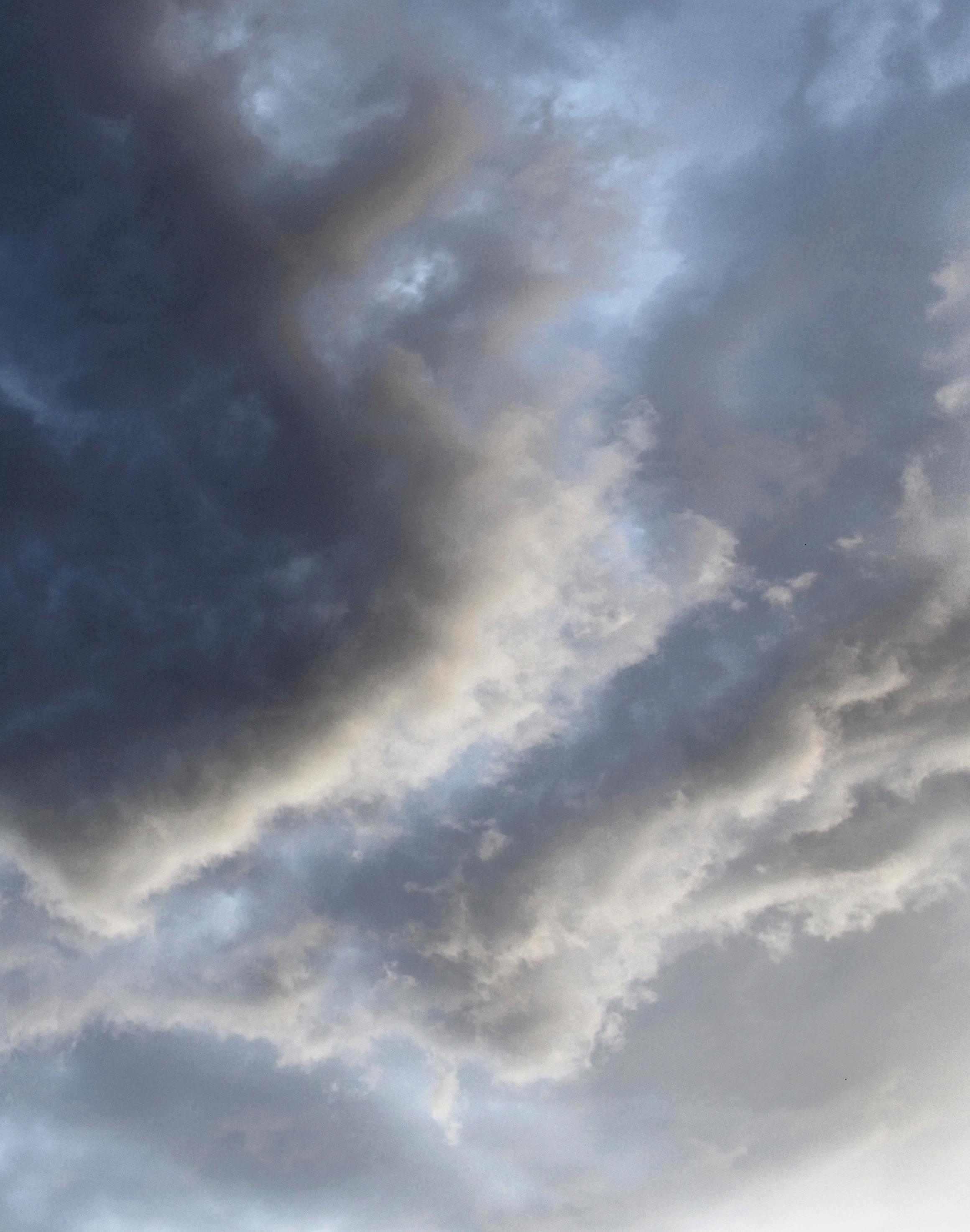
“It’s the fierceness of it - the raw power,” said Jason Hakala of Duluth, as he stood close enough to get hit by the spray of water from Lake Superior waves as they crashed ashore in Canal Park in March 2011. (Bob King / rking@ duluthnews.com)
